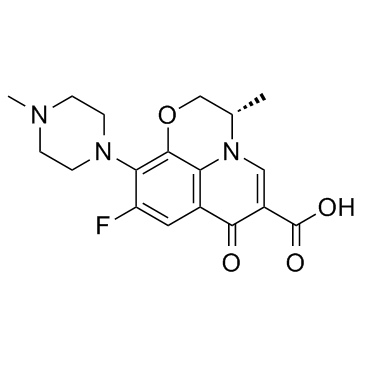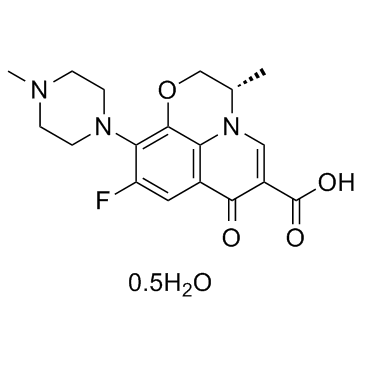| Structure | Name/CAS No. | Articles |
|---|---|---|
 |
Glycerol
CAS:56-81-5 |
|
 |
sodium chloride
CAS:7647-14-5 |
|
 |
sodium dodecyl sulfate
CAS:151-21-3 |
|
 |
Sodium deoxycholate
CAS:302-95-4 |
|
 |
SODIUM CHLORIDE-35 CL
CAS:20510-55-8 |
|
 |
Xylazine hydrochloride
CAS:23076-35-9 |
|
 |
Ethylenediaminetetraacetic acid
CAS:60-00-4 |
|
 |
Lidocaine
CAS:137-58-6 |
|
 |
Levofloxacin
CAS:100986-85-4 |
|
 |
Levofloxacin hydrate
CAS:138199-71-0 |